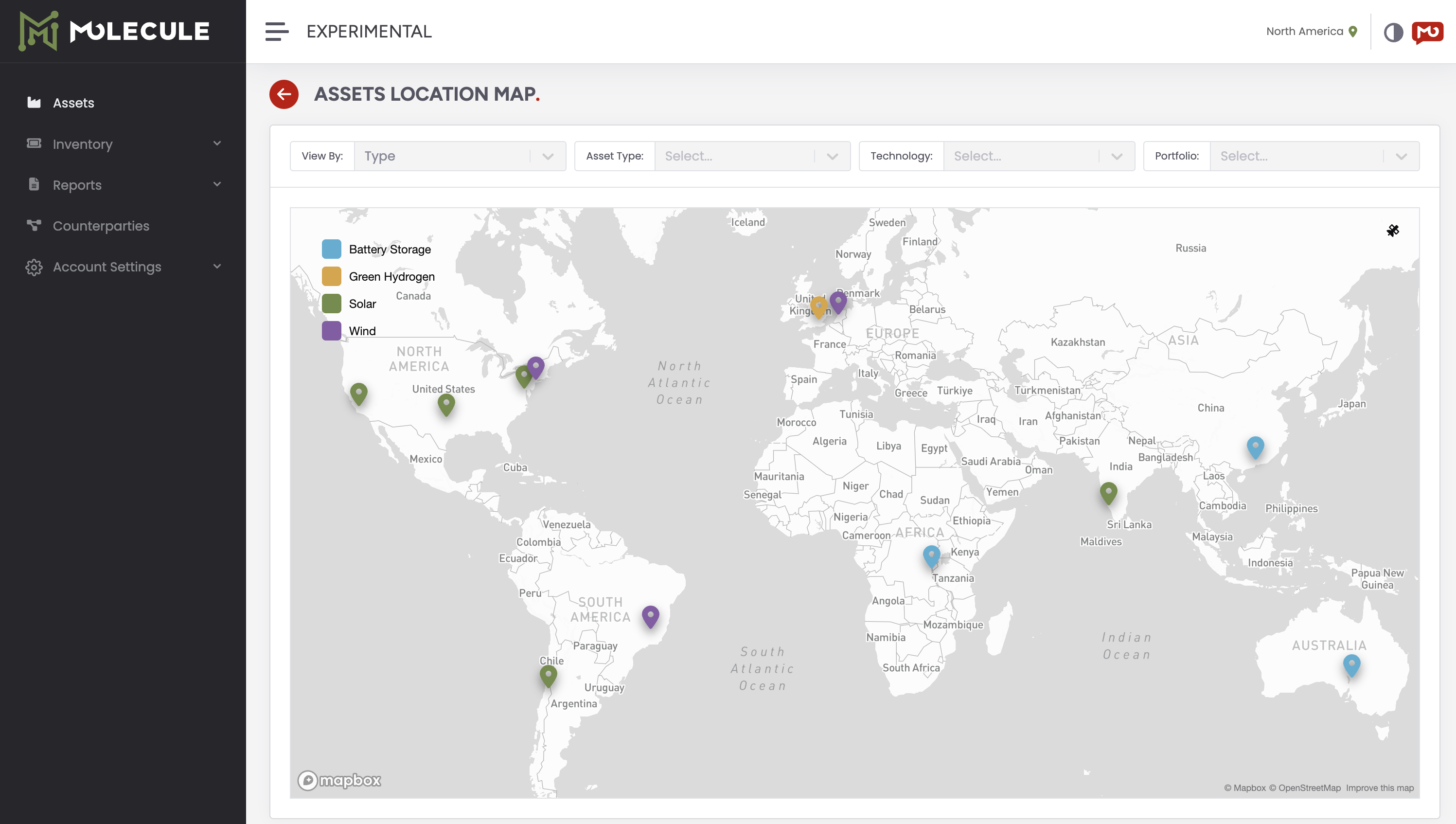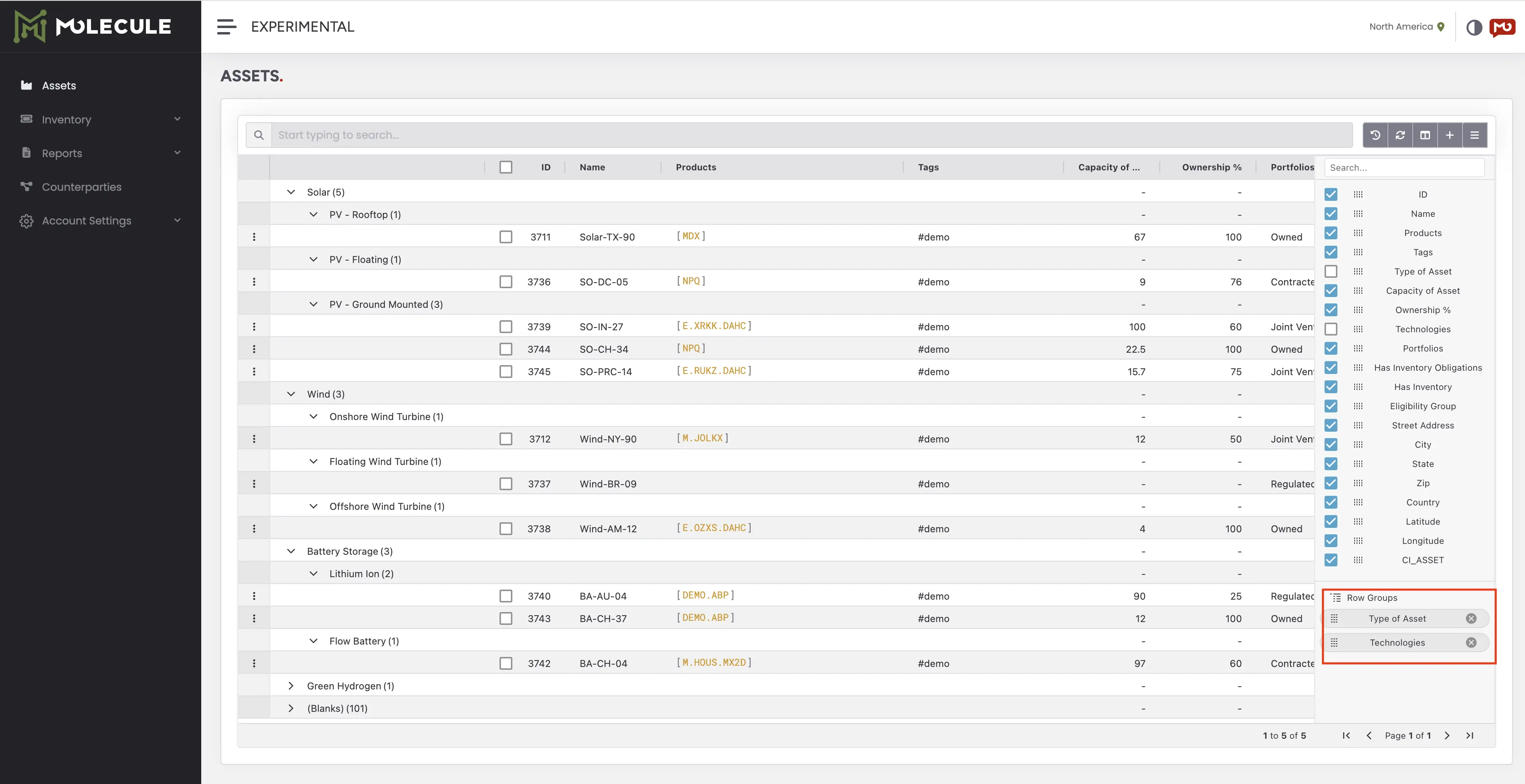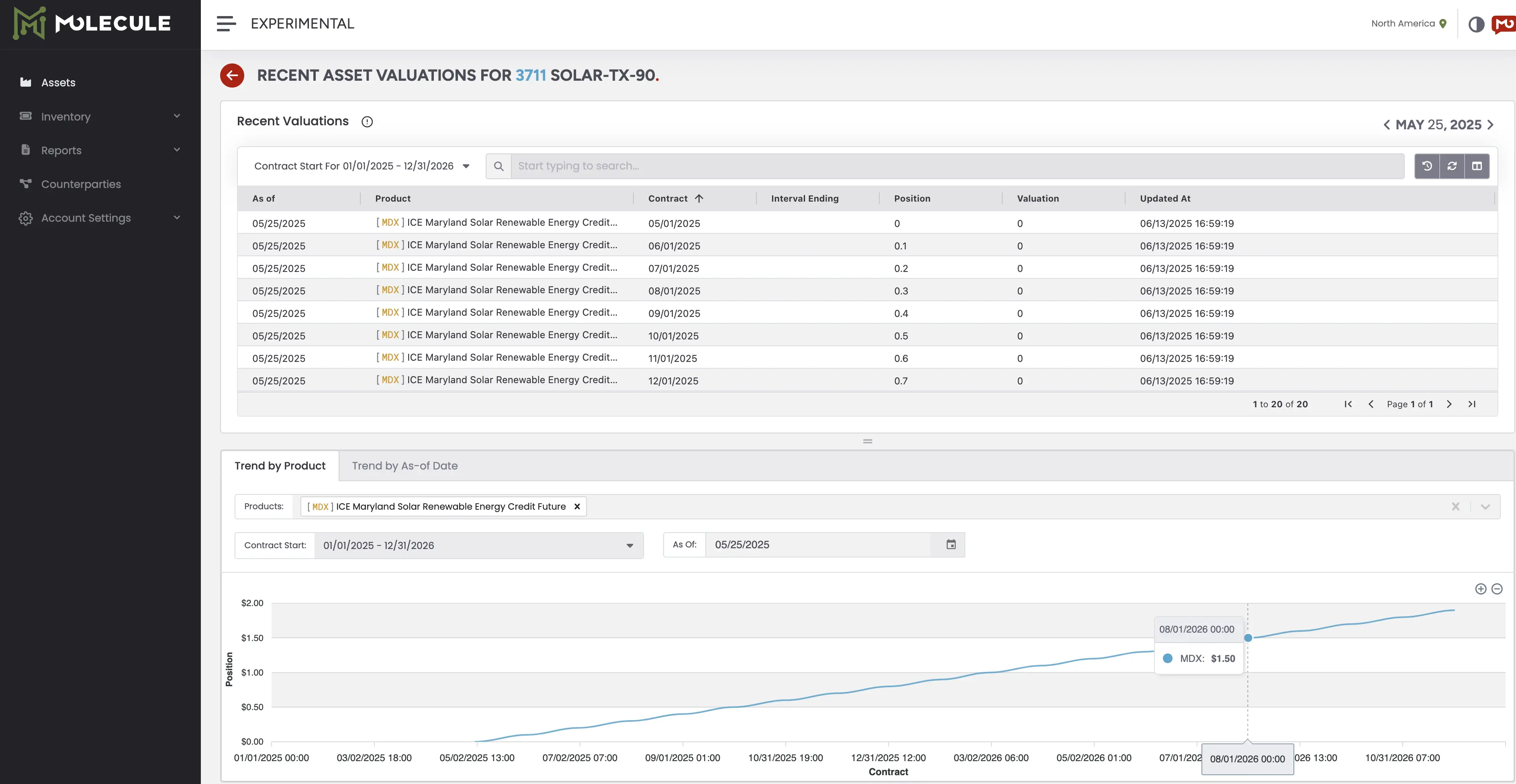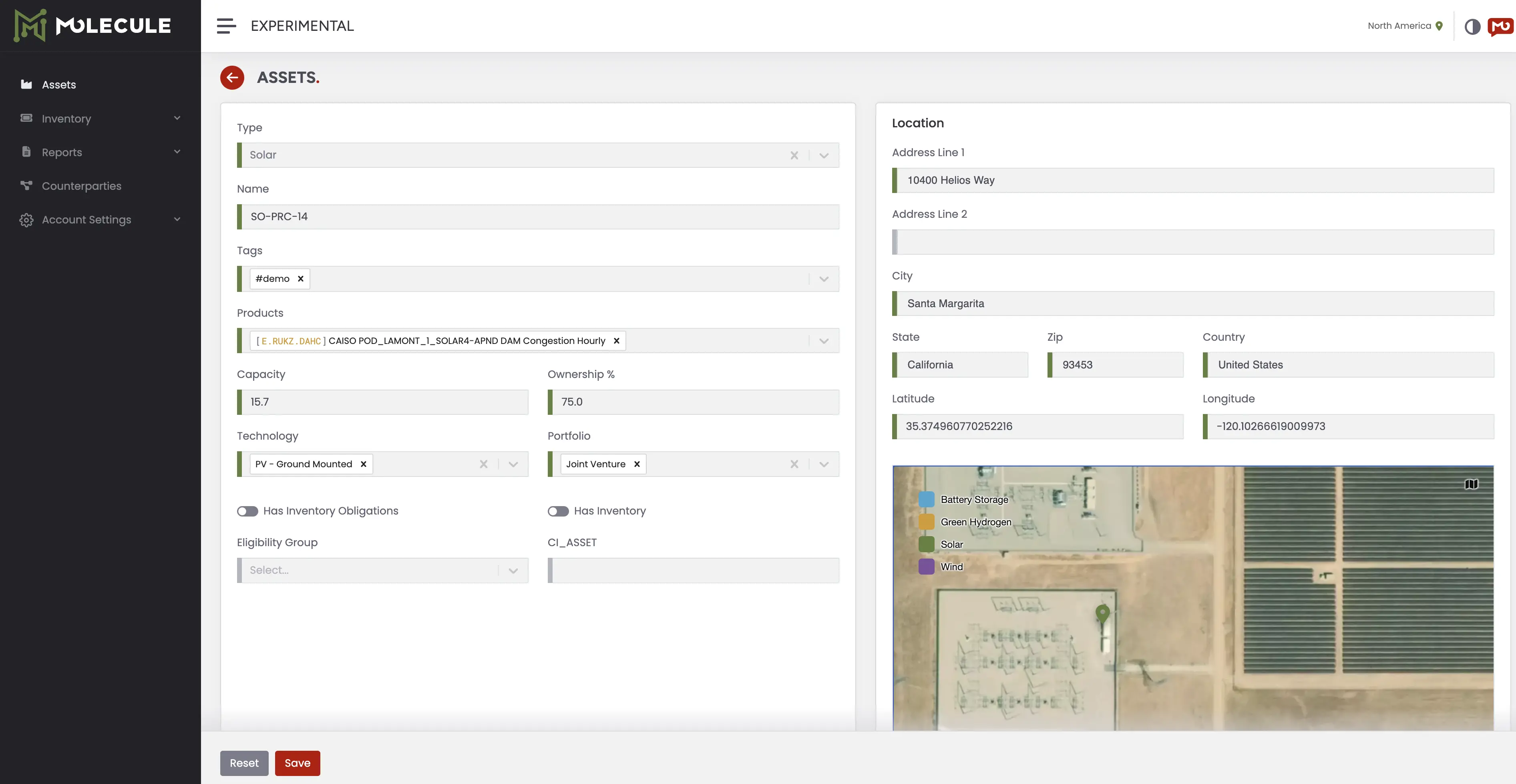Mirage New App UI
Trade Linking & Ticket Recommendations
In this release, we've included enhancements to the ticketing workflow by introducing user-triggered trade linking with contextual filtering and improved custom field recommendations. Trade-linked tickets now support smarter default values based on the selected commodity, asset, or product — streamlining entry and minimizing manual edits.
Trade Linking on Mirage TicketsMOL-18813 – Added a user-friendly interface for linking trades to tickets in Mirage. Enhancements include manual search triggers, date presets, and real-time filter controls to help you match your ticket to the right trade more easily.
Custom Field Recommendations for Linked TicketsALP-23 – Ticket custom field recommendations now reflect trade-linked context, delivering more relevant default values during ticket creation.
Number Format Localization
ALP-13 – We've added support for localized number formatting in Mirage. Users can now choose between five regional number formats at both account and user levels. This improves usability for global teams while preserving internal consistency for data storage and exports. Previously, we've added multi-lingual support in the app with the addition of Spanish. In an upcoming release we will enable international currency formats. These settings are at the account level and at the user-level as well.

Modernized Asset Management UI and APIs
We’ve rebuilt asset management in Mirage (our new app UI) from the ground up, delivering a smarter, more flexible UI that helps teams visualize assets globally, streamline bulk operations, and reduce manual work through automation and APIs
New Assets Screen in MirageMOL-18911 – Launched a redesigned Mirage Assets screen with customizable fields and dynamic filters that make it faster to search, group, and act on assets — even at high volumes. From this screen, users can:
Instantly download assets or valuations for analysis
Upload in bulk from spreadsheets or external systems
View asset location maps with filtering by attributes
Use new APIs to create, update, or sync assets programmatically

A reimagined valuation view surfaces the latest data by default and includes interactive charts, recent entries, and historical trends — all filterable by contract and attribute.



Payment Date Override Enhancements
We've introduced a feature that enables users to override agreement-based payment terms on trades across the UI, API, and spreadsheet uploads. These overrides are audit-tracked, with a structured phrase-to-terms model, and available wherever trades are created or edited. An Account flag enables the functionality that your Account Manager or Customer Success Manager can turn on for you upon request.
Payment Rule Overrides on Trade EntryALP-1 – Added support for overriding payment terms when creating or editing trades across UI, spreadsheet, CAV2, and API.
Audit History SupportALP-20 – Audit logs now include the user-friendly phrase for overridden payment dates, maintaining transparency and traceability.
Spreadsheet & API IntegrationALP-19 / ALP-28 – Enabled overrides via spreadsheet imports and UI. Post-creation edits also supported for unsettled trades.
Phrase/Object Translation LayerALP-22 – Introduced a backend service to translate between human-readable phrases and structured terms objects, ensuring clarity and consistency..
New Account Setting for Override PermissionsALP-16 – A new account-level toggle controls whether overrides are allowed. Default behavior is to prohibit overrides.
PPAs
Changes to asset entries now trigger automatic revaluation of associated trades, keeping valuations in sync — especially important for large, long-term forecasts such as hourly PPA contracts.
Trigger Revaluation on Asset Updates
OME-3 – Trades are now automatically revalued when related asset entries are inserted, updated, or deleted — excluding products that self-actualize.





